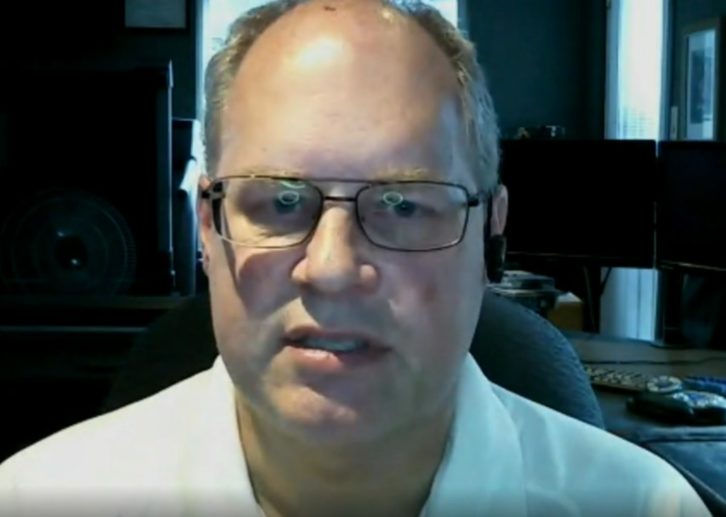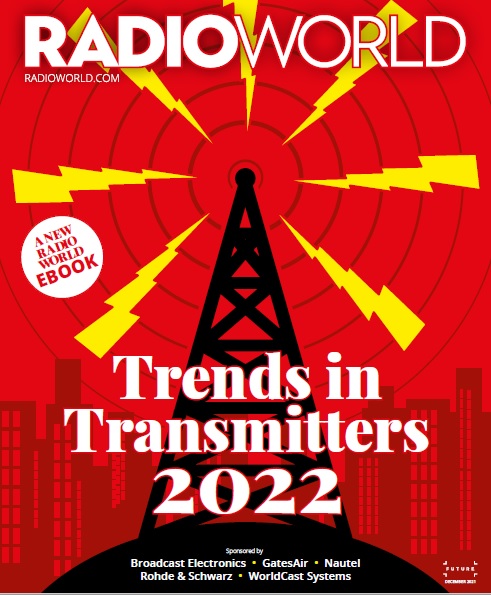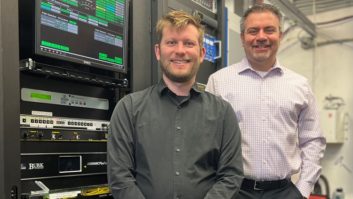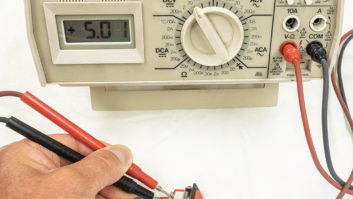A recent Radio World ebook discussed trends in transmitters and best practices for shopping for them.
Broadcast engineer Gregory Dahl, CPBE, is owner of Second Opinion Communications.
Radio World: Can you describe your approach when considering a transmitter purchase or giving advice about one?
Gregory Dahl: Reliability and accessibility. How well does the manufacturer present the product and warranties, to include the past performance of service, parts and knowledge base?

Throughout the years, equipment servicing has shifted from component-level troubleshooting to module replacement. How many modules need to be onsite to service the transmitter effectively? If the station owner elects for no modules onsite, what is the readiness of the manufacturer for stocking and shipping modules?
Always plan for future improvements, don’t limit the facility’s ability to upgrade without major replacement of equipment.
Additionally, I would be looking at how the transmitter interfaces with other equipment — as an example, remote control I/O or audio processing. Many transmitter manufacturers have remote software for access with SNMP or physical I/O. How does this interface with your on-site equipment or is a replacement required.
The HD operation is always a consideration, and the system should be able to perform a level of transmitter output power for both FM and HD operations. Along with exceptionable RF grounding of the transmitter and RF transmission line, recommending a quarter-wave stub near the transmitter RF output port.
[Check out more of Radio World’s Tech Tips]
RW: Name a feature or service that you wish transmitter manufacturers would add or make more widely available.
Dahl: One simple word: “schematics.”
Transmitter companies contract with third-party companies to manufacture modules or power supplies. This forces end users to replace the module or power supply versus having the opportunity to troubleshoot the components of the module or power supply. It’s a great revenue stream for the manufacturers, not so much for the station owner.
RW: Virtualization of the air chain has been a focus of discussion lately. What are the implications?

Dahl: I believe it’s more than the broadcast air chain that will be virtualized. As long as the FCC license is active, a physical component will be necessary to produce the RF signal; anything and everything else that can be created by software will be virtualized and can be controlled and modified remotely.
Virtualization will remove equipment from the transmitter location and placed into a controlled environment less likely to be damaged by excessive heat, insects/rodents, lightning and electrical surges.
Whenever we make improvements to a facility, there are always two sides of the fence. As we continue to move equipment from multiple transmitter sites to a central location, the probable failure of equipment could cause a cascading effect with more than one broadcast transmission.
When considering a centralized location and possible failures, it’s essential that the virtualization platform’s servers minimize downtime through redundancies, and that we provide multiple audio routes to the individual transmitter site, reducing a possible failure of the broadcast transmission.
Virtualization will also provide monitoring and auto correction if a route to the transmitter site is disrupted.
RW: Recent years brought renewed interest in water cooling. Will use of that approach continue to grow?
Dahl: Heat has been and will always be a major concern for the RF signal amplification process. Liquid cooling provides the best method to remove the heat from the RF amplifiers and power supplies modules, in my opinion. It makes more sense to use liquid cooling to transfer heat away from the modules and it reduces the fan noise. There’s a pump that moves the liquid from the transmitter to the radiator located outside the transmitter room. The pump produces a humming noise, but nothing compared to the fan blowers of an air-cooled transmitter. A backup pump is recommended. Liquid also requires more time for installation.
Comparing the valve of the liquid-cooled transmitter verses a air cooled, heat is moved away from the components faster and better. Excessive HVAC systems are not necessary, and a normal conversation can be conducted next to the transmitter, including using the telephone with technical support.
Read more in the ebook “Trends in Transmitters.”





